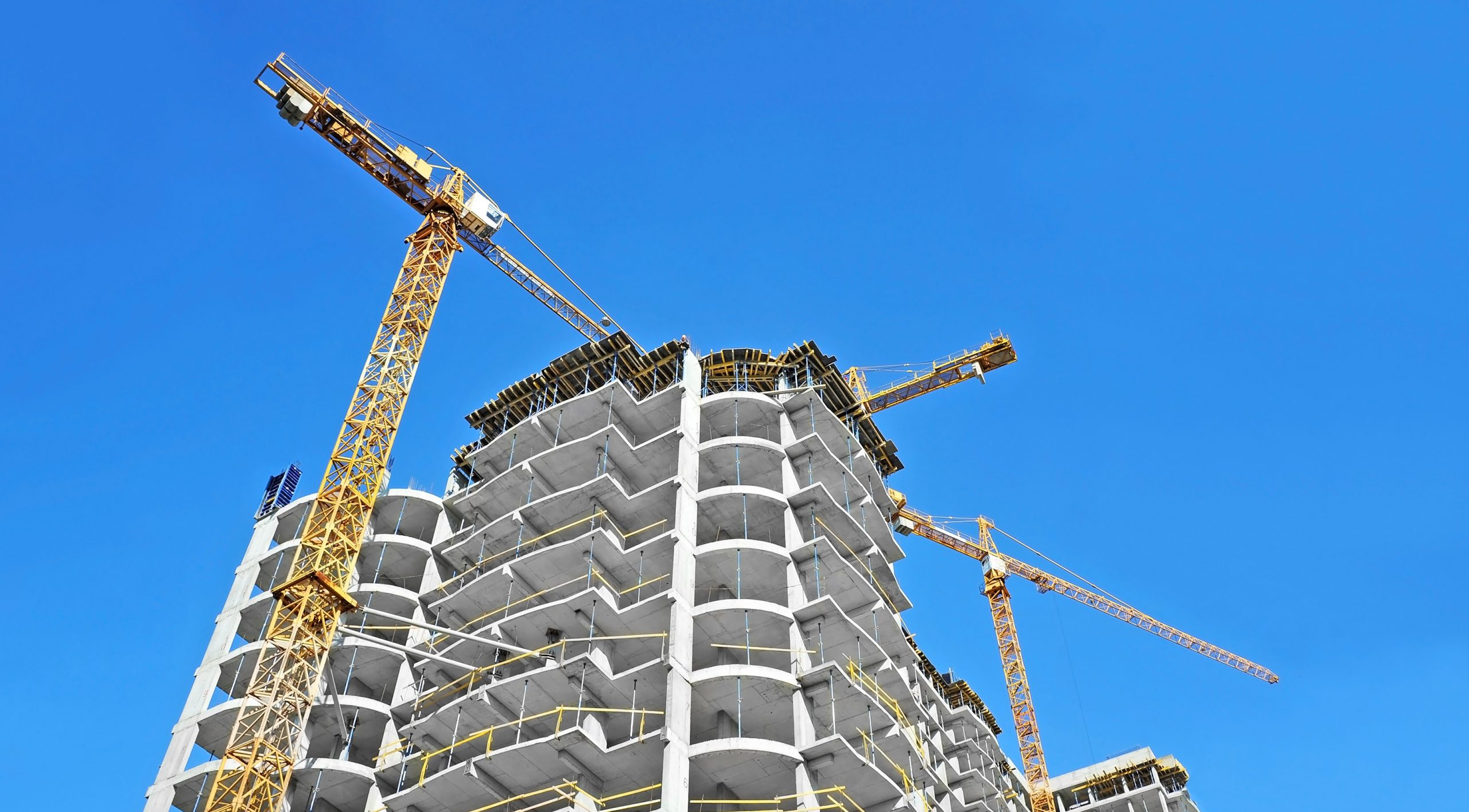Build-to-Rent: Explained
In 2019, the Brisbane Times reported that 190,000 Queensland households are in rent stress; half of Australia’s most rent-stressed electorates were in South-East Queensland. For years, YIMBY Qld and other housing groups have been calling for more sustainable built outcomes and strategies to housing—focussing on community, affordability, environment, and context—to combat Australia’s growing housing crisis.
Since the publishing of the Brisbane Times article, Queensland’s rental situation has only worsened. Rental vacancy is the lowest it has been since 2012. July saw median house prices in Brisbane reach their highest in the city’s history. Gold Coast properties have become more expensive to rent than their Sydney counterparts; the Sunshine Coast is not far behind. Many people resorting to paying $50–$100 a week above asking price just to secure a home. In this highly competitive market, increasing Queensland’s supply of rental accommodation can only be a good thing.
Build-to-Rent (BTR) could be just the answer we’ve been looking for.
What is Build-to-Rent?
Build-to-Rent refers to residential developments where the developer retains ownership of the building over its lifecycle and rents to long-term tenants. Build-to-Rent developments can be apartments, townhouses, or single or multiple family dwellings. This ownership model contrasts to the typical Build-to-Sell model, where the developer sells dwellings on to individuals to either live in themselves or rent out for investment purposes. Build-to-Rent combines the flexibility of renting with the security of buying. If combined with strategic reforms to our current Residential Tenancy Act, BTR could provide a more sustainable dwelling category that fosters community and reduces potential rental stress through tenure longevity and ongoing security.
There are several advantages that come with the Build-to-Rent model.
Developers are incentivised to minimise operation and maintenance costs and ensure that dwellings are high quality, using robust materials, efficient technology. Build-to-Rent dwellings are long-term investments for developers; their investment depends on how well they attract and retain tenants through the offering they provide.
The Build-to-Rent model also makes the renting experience simpler and more efficient for tenants, as the whole building belongs to one owner. Permanent on-site management presence and allocated maintenance staff provide a direct conduit to the landlord. No more going through third parties, or dealing with Mum and Dad landlords with variable expertise in property management.
Build-to-Rent dwellings are designed for people who expect to be there for the long haul. Typically, BTR prices increase nominally in comparison to Consumer Price Index rate of rental increases. Personalising your dwelling (through painting, decorating, or other refurbishments) to make it feel more like home is often encouraged. Build-to-Rent properties are usually pet-friendly, too. BTR apartment buildings often have varying sizes and configurations across the complex, allowing residents to age in place as their situation changes. Streamlined management policies allow for transitioning across these dwellings to maintain community.
In cities, Build-to-Rent sites are chosen for their proximity to employment hubs, public transport nodes and amenities. The idea is to provide people with the opportunity to live in areas typically beyond what they can afford. The Queensland Government’s Build-to-Rent Pilot Project is especially targeting people employed in essential industries like health, education, and law enforcement.
Many Build-to-Rent tenants liken the experience to hotel or resort-style living. Tenants have access to a variety of services and amenities. These can include cleaning, laundry service, parcel management, pet walking, and communal spaces such as pools, gyms, games rooms, cinemas, and workspaces. However, Build-to-Rent developments also provide opportunities to develop a sense of community through shared activities and events. This gives residents the feeling of living in a more communal neighbourhood, something often lost in denser inner-urban areas.
The Build-to-Rent model is wide-spread in the United Kingdom, Europe, and the United States, and the next few years will see several Build-to-Rent projects spring up over Queensland.
The Queensland State Government and Queensland Treasury have approved two developments as part of their Build-to-Rent Pilot project: Mirvac’s LIV Anura in Newstead, and Frasers Property’s Brunswick & Co, Fortitude Valley. LIV Anura broke ground this week, while Brunswick & Co is expected to begin construction later this year for completion in 2023/2024. The State Government is currently assessing developer submissions from Mirvac and Pacific Living Consortium, for the site of the former Children’s Court at 50 Quay Street. The State Government is also assessing submissions for a fourth site, with four proponents shortlisted: Lendlease, Greystar, Australian Unity and Make Ventures.
On the Gold Coast, Homecorp’s Varsity Lakes development will join Sky Broadwater and the Smith Collective (formerly the 2018 Commonwealth Games Athletes Village) in 2022.
There are also reports of Build-to-Rent developments in the Sunshine and Fraser Coast regions.
YIMBY QLD actively and fully supports the inclusion of Build-to-Rent housing models in the Queensland housing sector to try and combat the increasing strain of housing offerings in SEQ and beyond.
If you are interested to hear more about the state of the Built-to-Rent Sector in Australia and various experts’ insight on the topic, please join The Urban Developer’s Built-to-Rent virtual Summit which will take place this Thursday 26th August 10am-3:15pm. Click here for more information and to register.



